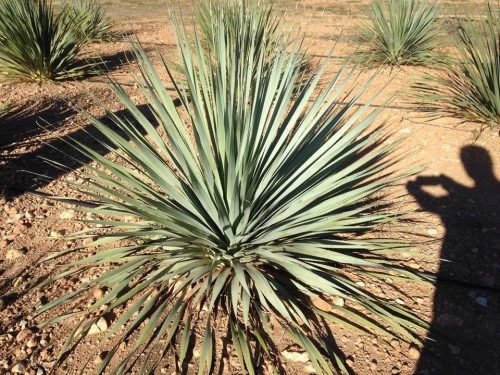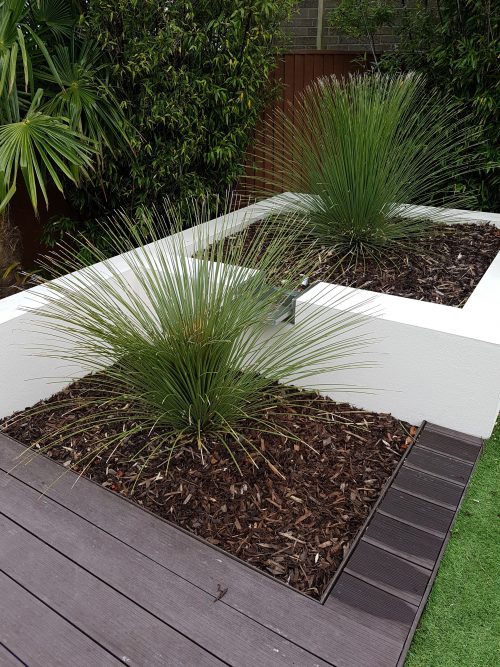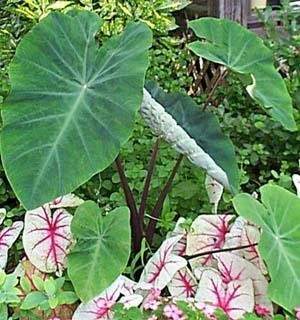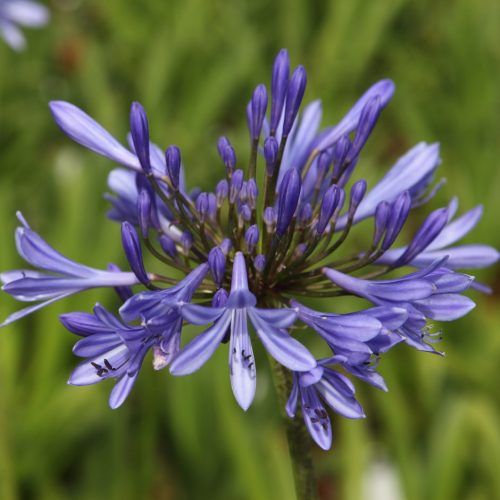-
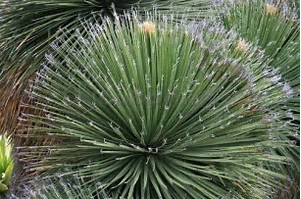 Dasylirion serratifolium is a species of Sotol from southern Mexico. However, in cultivation it is more of a 'catch-all' name for a mixed group of hybrids that have green leaves with toothed margins and terminal tufts. For all practical purposes this is unimportant to anyone other than a dasylirion specialist - in the garden they make a stunning focal point for the arid border along with Yucca, Nolina, Agave and Chamaerops with their fine-leafed 'fibre-optic lamp' appearance that contrasts well with other spiky plants. Alternatively their shape is perfect for pot culture, when they can be taken under glass for winter.
Dasylirion serratifolium is a species of Sotol from southern Mexico. However, in cultivation it is more of a 'catch-all' name for a mixed group of hybrids that have green leaves with toothed margins and terminal tufts. For all practical purposes this is unimportant to anyone other than a dasylirion specialist - in the garden they make a stunning focal point for the arid border along with Yucca, Nolina, Agave and Chamaerops with their fine-leafed 'fibre-optic lamp' appearance that contrasts well with other spiky plants. Alternatively their shape is perfect for pot culture, when they can be taken under glass for winter. -

 Dasylirion quadrangulatum is the correct name for a plant long known as Dasylirion longissimum. It is a succulent plant related to Yucca and Agave that slowly grows a thick, beautifully scarred trunk from which erupts a tufted head of narrow, rigid, 4-angled green leaves, each with a slightly withered tip, reminiscent of a fibre-optic lamp.
Dasylirion quadrangulatum is the correct name for a plant long known as Dasylirion longissimum. It is a succulent plant related to Yucca and Agave that slowly grows a thick, beautifully scarred trunk from which erupts a tufted head of narrow, rigid, 4-angled green leaves, each with a slightly withered tip, reminiscent of a fibre-optic lamp. -
 Can also be referred to as Nolina longifolia, it is a trunk-forming species which with age becomes multi-stemmed, with each trunk reaching up to 3m in height which is topped off with a head of strap-like foliage. Plant in full sun/part shady, frost hardy, keep on dry side, tolerates to -6°C or lower
Can also be referred to as Nolina longifolia, it is a trunk-forming species which with age becomes multi-stemmed, with each trunk reaching up to 3m in height which is topped off with a head of strap-like foliage. Plant in full sun/part shady, frost hardy, keep on dry side, tolerates to -6°C or lower -

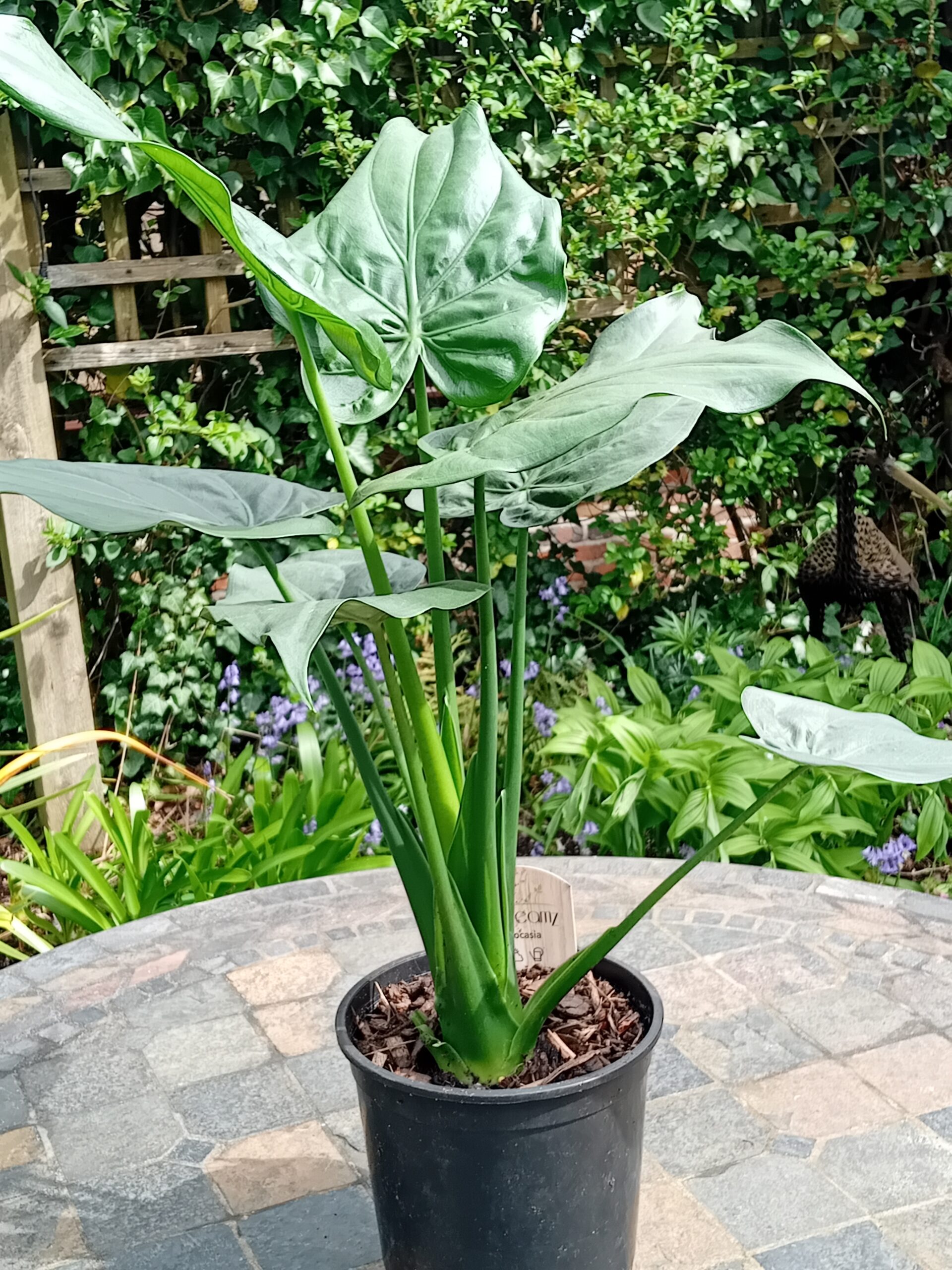 These alocasias have dark green, arrow leaves and are significantly easier to look after than some of their family. Their thick woody trunks enable them to store water for longer periods of time, making them fairly drought tolerant. Likes light areas but not in direct sunlight. Water regularly but not too much, let the top soil dry out before watering, they do not like to be overwatered.
These alocasias have dark green, arrow leaves and are significantly easier to look after than some of their family. Their thick woody trunks enable them to store water for longer periods of time, making them fairly drought tolerant. Likes light areas but not in direct sunlight. Water regularly but not too much, let the top soil dry out before watering, they do not like to be overwatered.

